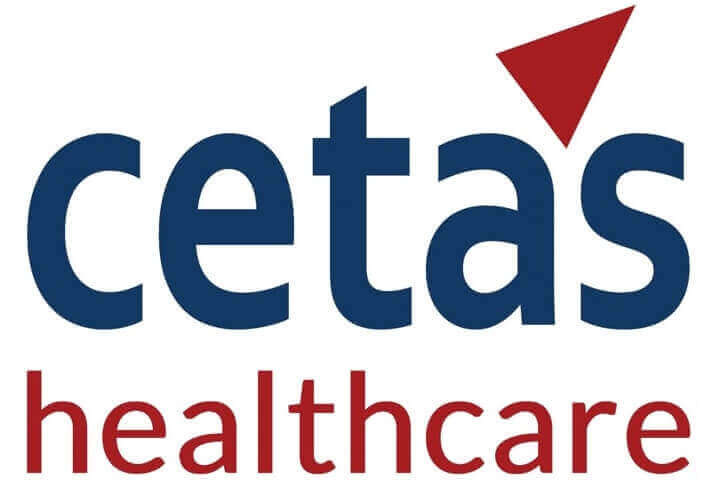X
The journey of a medical device extends far beyond its launch. And post-market clinical surveys emerge as a pivotal tool, not only in sustaining the lifecycle of medical devices but also enhancing their safety, efficacy, and user satisfaction. This blog explores the myriad types of clinical surveys employed after a device hits the market, discusses their integral benefits, and unveils strategies to elevate their impact and compliance in a stringent regulatory environment. Learn how continuous monitoring and evaluation can transform patient outcomes and drive innovation in medical technology.
|
Survey Type
|
Purpose
|
Benefit
|
|---|---|---|
|
NPD Surveys (New Product Development)
|
Gather insights for user needs, concept evaluation, Risk Identification, feasibility assessment and Market Validation.
|
Improves design and usability while validating the market.
|
|
Long-Term Clinical Surveys
|
Monitor real-world performance, detect adverse events early, User Satisfaction and Experience.
|
Enhances product performance and informs user satisfaction, aiding in decision-making.
|
|
PMCF (Post-Market Clinical Follow-up) Surveys
|
Focus on legacy devices with limited pre-market data, Limited Patient Population, Short-term safety Data, and Unforeseen Use Patterns.
|
Provides safety data and identifies unforeseen usage patterns.
|
Under the EU-MDR, clinical evidence is scrutinized and ranked, influencing a device’s market longevity and trustworthiness. To navigate this rigorously:
Achieving Rank 4 for clinical evidence necessitates a robust methodology that ensures compliance and maximizes the reliability of the data collected. At Cetas Healthcare, our recommended methodology to do this is through the use of online surveys coupled with retrospective patient case forms and systematic back-checks.
The value of PMCF surveys extends across several critical areas:
Post-market clinical surveys are not just procedural necessities; they are pivotal in driving the continuous evolution and safety of medical devices. By strategic survey execution, manufacturers can ensure that their products not only comply with regulatory standards but also meet the highest benchmarks of quality and reliability. A multi-faceted approach to gathering clinical evidence enables manufacturers to stay ahead in a competitive and heavily regulated market, ensuring that medical devices remain effective and safe throughout their lifecycle. Ultimately, these ongoing efforts in post-market surveillance enhance patient outcomes, and foster innovation in the medical technology landscape.


We provide the best insights for your business
